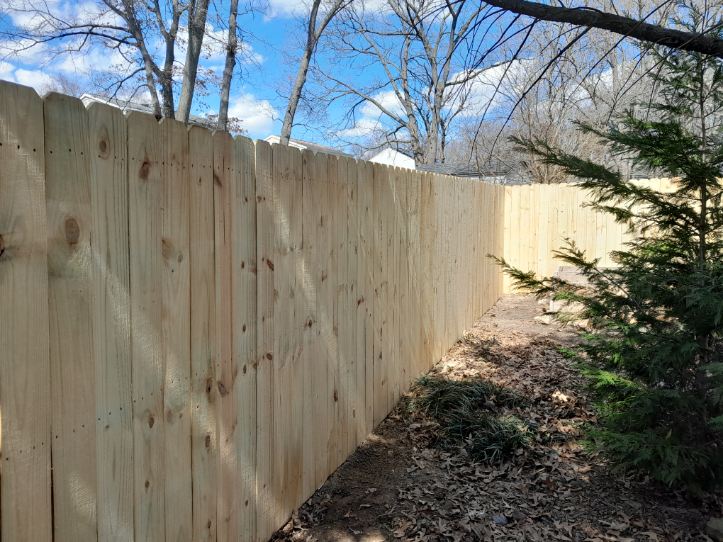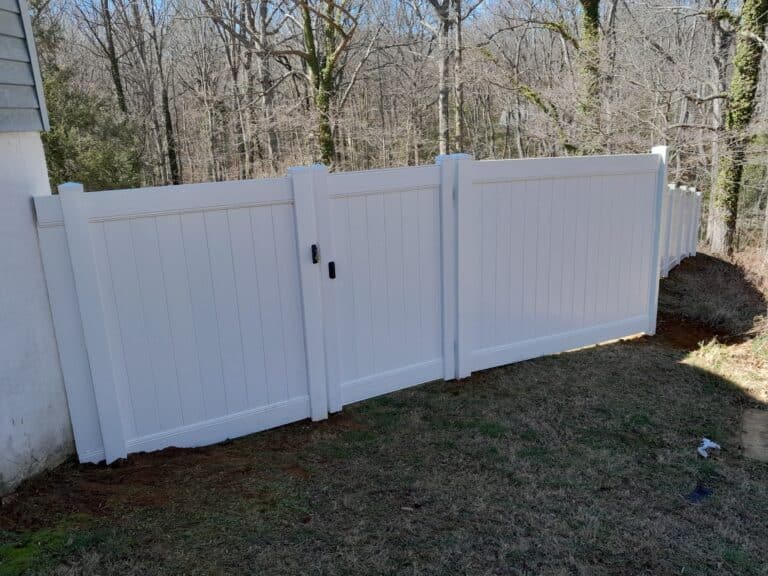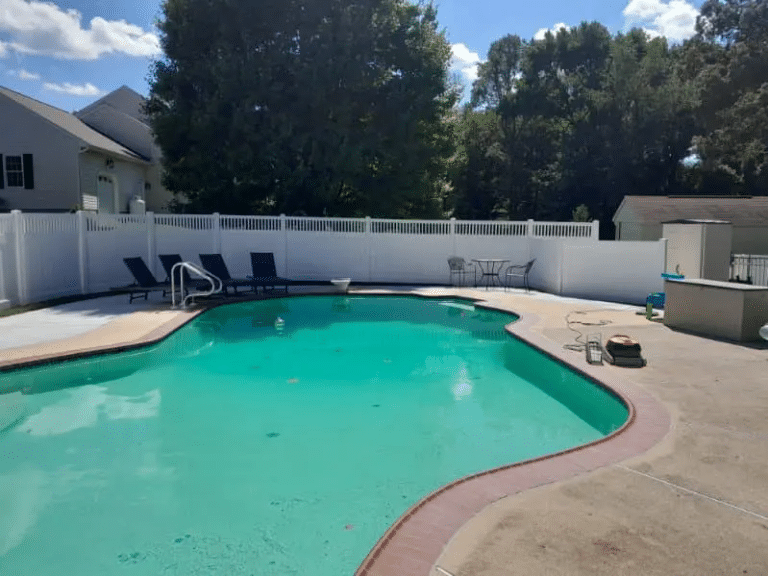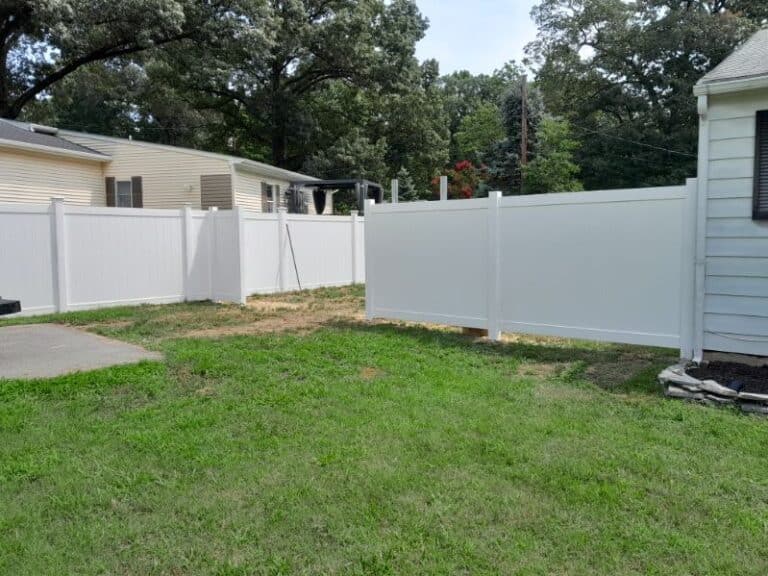Expert guidance from All Around Fence – serving Anne Arundel County communities for over 25 years
Installing a fence in Chestnut Hill Cove isn’t as simple as buying materials and digging holes. Anne Arundel County has strict rules about fence height, where you can put them, and what they can look like. Get it wrong, and you’ll face fines, removal orders, and expensive do-overs.
Anne Arundel County’s Fence Rules Are Complicated
This area falls under Anne Arundel County’s zoning rules, which are much stricter than many suburban fence codes. The county has multiple layers of approval that can cost you thousands if you don’t follow them correctly.
The neighborhood has waterfront properties, varying lot sizes, and mixed zoning that makes fence rules confusing. Many people think they can just put up a fence like they would in other areas, but Anne Arundel County’s rules are tough and they actually enforce them.
Your lot might have special setback rules that affect where you can put your fence. The county wants to preserve the waterfront character, so they actively check for fence violations.
Height Limits You Must Follow
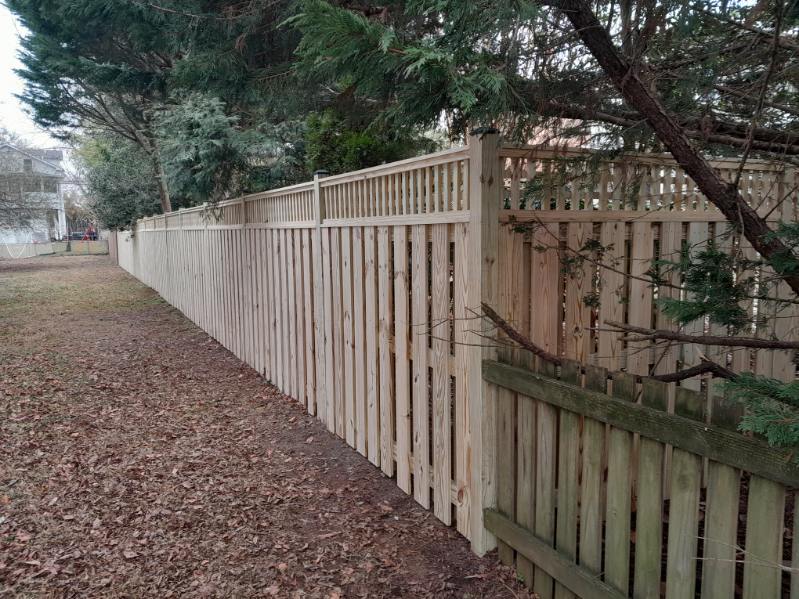
Get the height wrong and the county will make you tear down your fence.
Front Yard Rules
Anne Arundel County limits front yard fences to 4 feet maximum throughout this neighborhood. This applies to your entire front yard – the area between your house and the street. The rule exists to keep sight lines clear and maintain the open look of front yards.
Many people think they can go taller if they move the fence back from the property line, but that doesn’t work. The 4-foot limit applies everywhere in your front yard, no matter where you put the fence.
Back and Side Yard Rules
Your back yard can have fences up to 6 feet tall, which gives you the privacy most people want. But figuring out exactly where your front yard ends and side yard begins takes careful measuring and sometimes a professional survey.
Waterfront lots have additional complications because they often have special setback requirements from the water that affect fence placement.
The 50% Visibility Rule Most People Don’t Know About
Anne Arundel County has specific rules about how “see-through” your front yard fence must be. This catches a lot of people off guard.
What the Rule Means
Front yard fences must be at least 50% see-through, which means you can’t use solid privacy fencing in front yards. The county wants to preserve the open, waterfront community character.
This rule means popular fence styles like solid vinyl panels, board-on-board wood, and most privacy designs can’t go in front yards. You have to use picket fences, rail designs, or other styles that meet the visibility requirement.
How They Measure It
The county measures how much open space you can see through the fence. A fence with 3-inch pickets spaced 3 inches apart meets the 50% rule. A fence with 6-inch pickets spaced 2 inches apart doesn’t.
You need to document that your fence design meets this rule when you apply for permits. Many people find out too late that their fence doesn’t qualify, forcing expensive changes.
When You Need Special Permission (Variances)
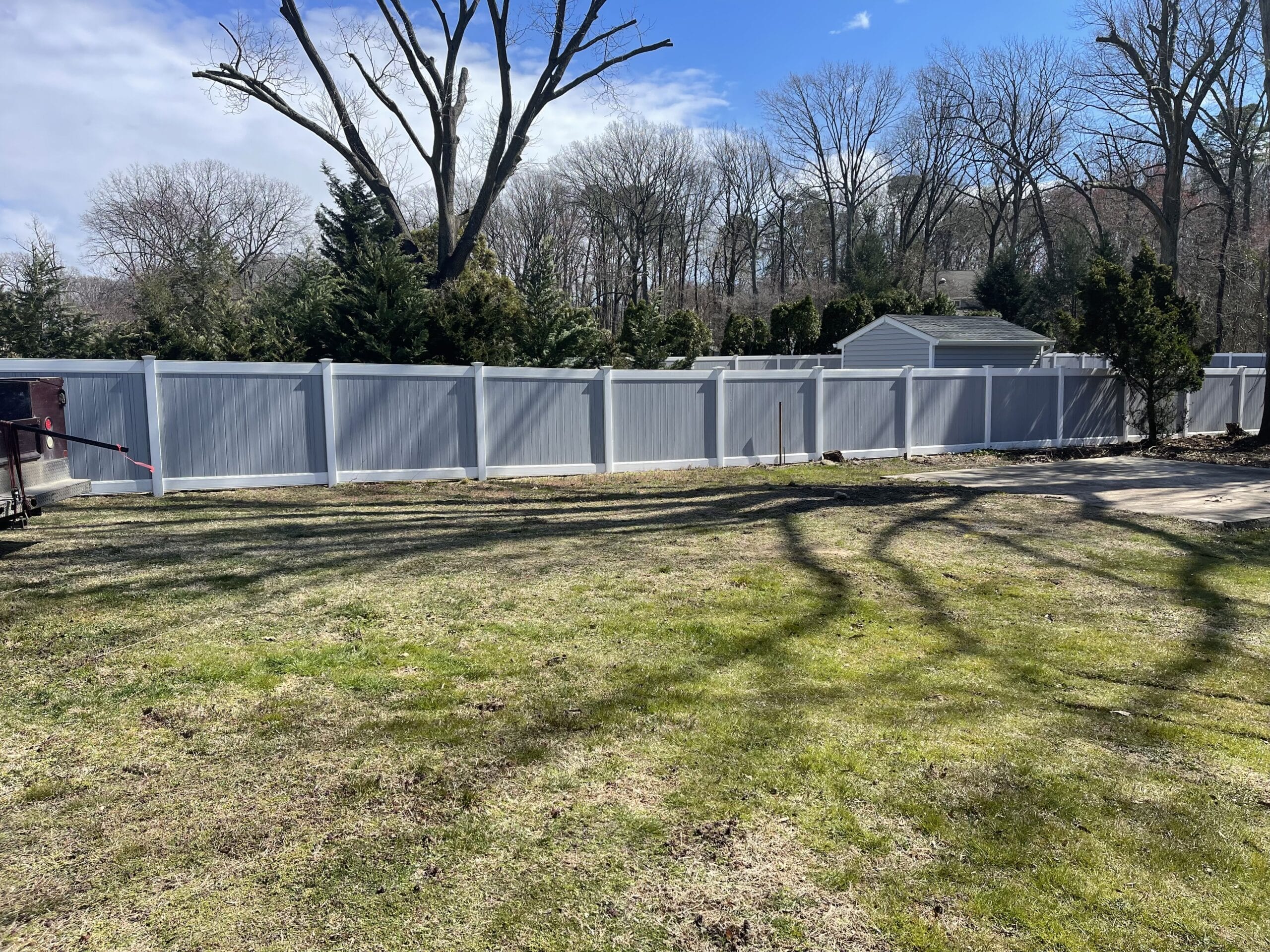
Some properties need special approval to install fences that work for their situation.
Common Problems
Waterfront properties with unusual shapes, steep slopes, or setback issues may need variances to get functional fencing. Properties near water often need variances because environmental setback rules make standard fencing difficult.
The Variance Process
Getting a variance means submitting detailed plans, paying big fees, and often going to public hearings where neighbors can object. The process usually takes 3-6 months and costs thousands of dollars even when approved.
Many people try to skip the variance process by installing non-compliant fences, but getting caught costs way more than doing it right from the start.
The “Grandfathered” Fence Myth
One of the biggest mistakes people make is thinking old fences don’t have to follow current rules.
The Truth About Old Fences
Some old fences might have protection, but it’s limited and easy to lose. Anne Arundel County requires that protected fences stay in their original condition without major changes. Any significant repairs or improvements typically require bringing the entire fence up to current code.
When Protection Disappears
Selling your property doesn’t automatically keep non-compliant fence protection. Making changes to existing fences often eliminates any protection. Even routine maintenance can trigger compliance requirements if inspectors think the work is substantial alteration.
Proving Protection
To prove your fence is protected, you need extensive documentation showing when it was installed and that you haven’t made substantial changes. Most people don’t have the photos, permits, and records needed to prove these protections.
Getting Permits Through the County
Anne Arundel County’s permit process is detailed and unforgiving of mistakes.
What You Need
Permit applications need detailed site plans showing exactly where your fence goes, how tall it is, and what materials you’re using. You often need survey work to prove property boundaries and compliance with setback rules, especially near water.
Common Mistakes
Many applications get rejected because people underestimate what documentation Anne Arundel County wants or submit plans that don’t clearly show code compliance. Incomplete applications restart the whole review process, adding weeks or months.
Inspections
Anne Arundel County requires inspections during installation, not just at the end. You need to schedule these in advance and coordinate with your contractor. Failed inspections can stop work and require expensive fixes.
Materials That Meet the Rules
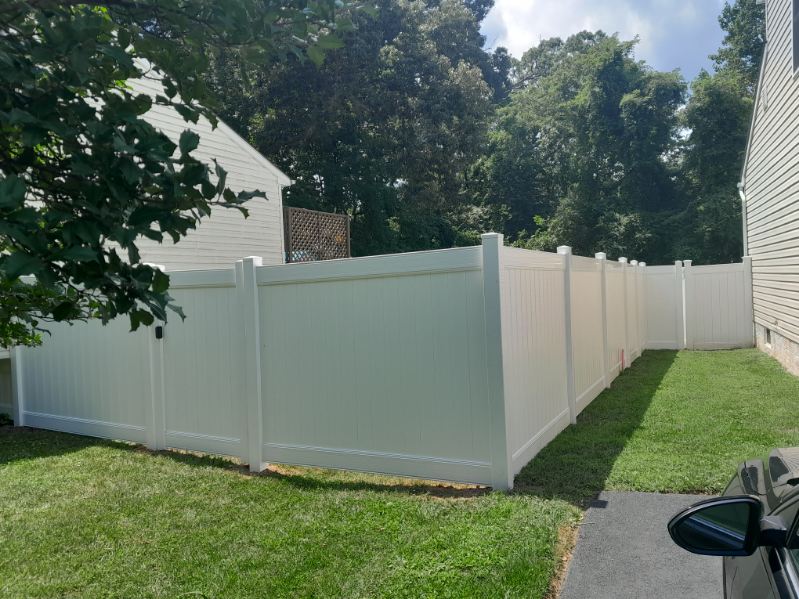
Picking the right materials for Anne Arundel County’s rules while getting what you want takes some planning.
Front Yard Options
Picket fencing works reliably for front yards because it naturally meets the visibility rules while marking your property clearly. Some aluminum and vinyl fencing can work if designed with proper spacing between parts.
Back Yard Choices
Back yards allow solid vinyl privacy fencing, wood privacy panels, and other designs that provide complete screening. But even back yard installations have height limits and waterfront setback restrictions.
Waterfront Considerations
Properties near water need materials that resist salt air and moisture. Aluminum and vinyl work well, while wood requires marine-grade treatment for longevity. For more insights on how coastal conditions impact fence installation, especially post stability, check out our guide on Altoona Beach fence posts and coastal soil installation tips.
Avoiding Fines and Removal Orders
Anne Arundel County actively looks for fence violations and the penalties are expensive.
How Enforcement Works
The county finds violations through regular inspections, neighbor complaints, and systematic code sweeps. Fines start at hundreds of dollars and go up with continued non-compliance. The county can order immediate fence removal at your expense.
Neighbor Complaints
Anne Arundel County’s complaint system makes it easy for neighbors to report suspected violations. Property disputes often turn into fence violation complaints that could have been avoided with proper permits.
Real Consequences
Unpaid fines become liens on your property that complicate sales and refinancing. Continued violations can lead to court proceedings that add legal fees to already substantial penalties.
Why Professional Help Matters
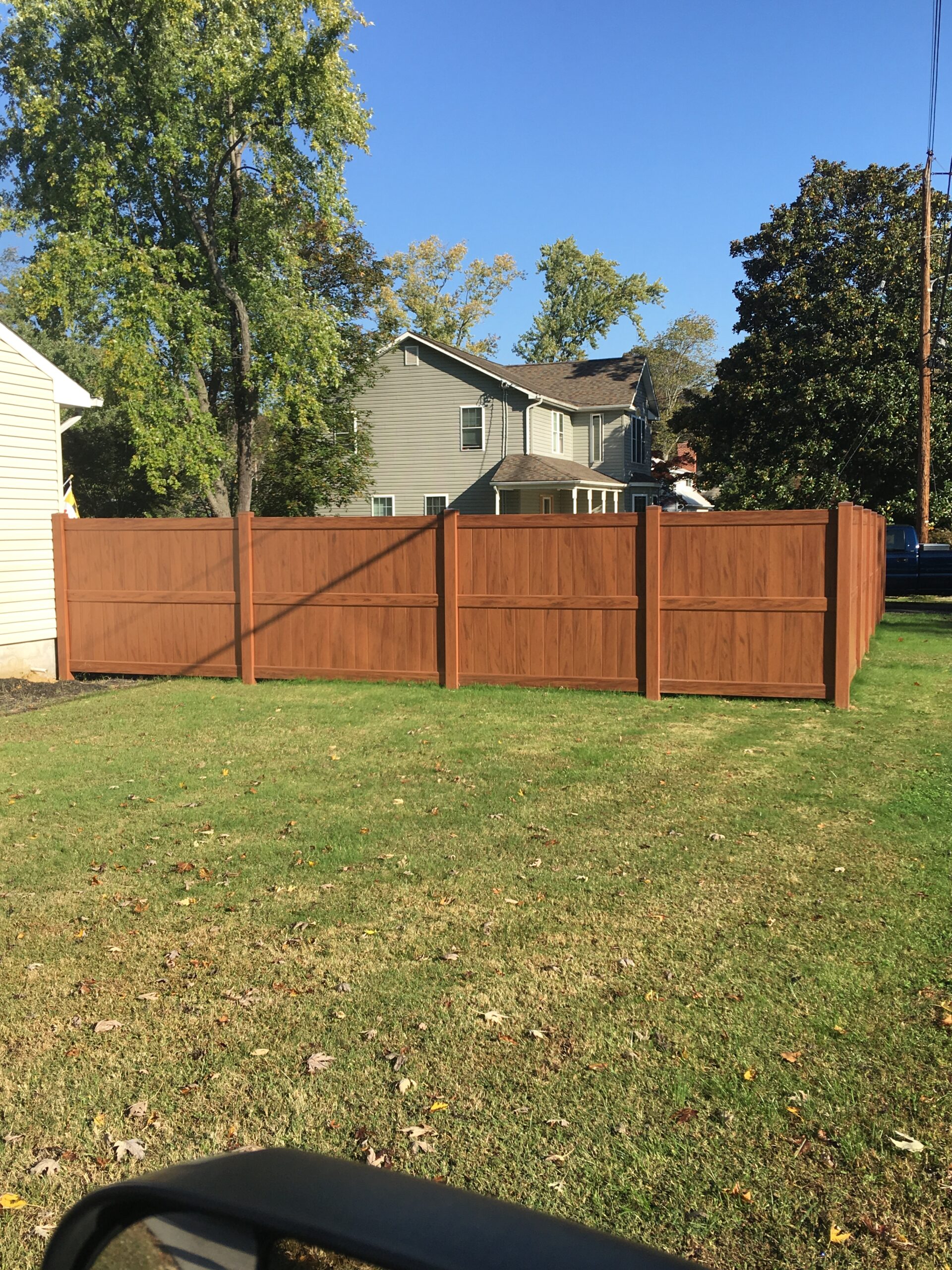
Anne Arundel County’s fence rules are complicated enough that professional help usually saves money in the long run.
Code Knowledge
Professional contractors understand Anne Arundel County’s specific rules and stay current with code changes. They can navigate the permit process efficiently and help you understand your options within the rules.
Quality Installation
Professional installation ensures your fence meets structural requirements and stays compliant long-term. Proper installation prevents settling, sagging, and other issues that can create compliance problems later.
Frequently Asked Questions
Do I need a permit for a small garden fence in my front yard?
Yes, Anne Arundel County requires permits for virtually all fence installations regardless of size in Chestnut Hill Cove. Even decorative garden fencing must meet height and visibility requirements. Getting permits prevents future violation issues.
Can I install a 6-foot privacy fence if I set it back from my property line?
No, setbacks don't allow height increases in front yards. Anne Arundel County's 4-foot height limit applies throughout the entire front yard regardless of fence placement. Back yards allow 6-foot fencing, but you need professional help to determine where your front yard ends.
My neighbor says their old fence doesn't need permits because it's grandfathered. Is this true?
Grandfathered protection is limited and easily lost through modifications, repairs, or ownership changes. Most people can't document the compliance history needed to maintain these protections. It's usually safer to bring fences into current compliance.
How long does the permit process take?
Standard fence permits typically take 2-4 weeks for review, but incomplete applications can extend this significantly. Properties needing variances face much longer timelines, often 3-6 months including hearings.
What happens if I install a fence without a permit?
Anne Arundel County actively enforces unpermitted construction through inspections and complaints. Violations result in stop-work orders, fines, and potential requirements to remove non-compliant fences. Getting permits after installation often costs more than proper advance permitting.
Get Your Fence Right From the Start
Don’t let Anne Arundel County’s complicated fence rules turn your home improvement into an expensive legal problem. Proper permits and professional installation protect your investment and keep you out of trouble with the county.
Need help with Anne Arundel County fence permits? Call All Around Fence at (443) 838-9374. We know the rules and can guide you through the permit process while helping you get the fence you want within the regulations.


